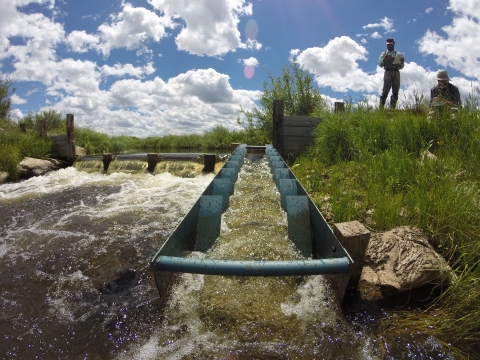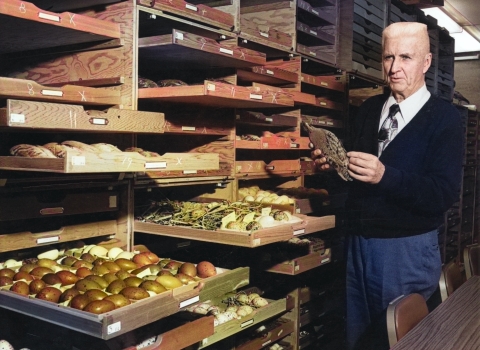A Landscape Scale Approach to Refuge System Planning
This report is our proposal for “A Landscape-Scale Approach to Refuge System Planning.” It recommends that we focus the next generation of planning on Landscape Conservation Designs (LCDs), developed by the greater conservation community through partnership in Landscape Conservation Cooperatives (LCCs). LCDs are consistent with Strategic Habitat Conservation (SHC) and are a partnership-driven conservation strategy that identifies desired future conditions and management prescriptions at multiple scales across jurisdictions. Key to our recommendation is incorporating LCDs into the preplanning phase of every Comprehensive Conservation Plan (CCP) and Land Protection Plan (LPP). With limited exceptions, no CCP or LPP should be developed until after an LCD has been completed.
A Plan for Strategic Growth This report shares a history of refuge land acquisition and how it may shape our future direction. It establishes a baseline from which our work in creating new policy flows. Given the costs and time factors to expand refuge lands, we must ensure that what we do add to the Refuge System is valuable and the right choice made on behalf of the American people.
The growth of the Refuge System will be guided by the following priorities:
- Recovery of threatened and endangered species
- Implementation of the North American Waterfowl Management Plan
- Conservation of migratory birds of special concern.
See the Strategic Growth Policy
For more information visit Strategic Growth
Planning for Climate Change on the National Wildlife Refuge
A publication completed in March combines those two notions into one practical primer for U.S. Fish and Wildlife Service employees. It is designed to help employees weave climate change climate change
Climate change includes both global warming driven by human-induced emissions of greenhouse gases and the resulting large-scale shifts in weather patterns. Though there have been previous periods of climatic change, since the mid-20th century humans have had an unprecedented impact on Earth's climate system and caused change on a global scale.
Learn more about climate change adaptation, mitigation and engagement strategies into comprehensive conservation plans (CCPs), habitat management plans, land protection plans and landscape conservation design formats.
Climate Change Communications and Engagement Strategy for the National Wildlife Refuge System
Climate Change Vulnerability Assessment for Natural Resource Management
A toolbox of methods and case studies for assessing the vulnerability of individual species, habitats, landscapes, ecosystems and other resources to climate change.
Biological Carbon Sequestration Accomplishments Report: Tracking Service Success on Refuges
Biological carbon sequestration can be an important tool for wildlife habitat creation and restoration. By building on opportunities and funding for sequestration activities, the Service can provide conservation gains through restoration and land protection while simultaneously reducing the concentration of greenhouse gases in the atmosphere. This new report presents a compendium of carbon sequestration management and research activities on Refuge System lands and waters from 2009-2013.




